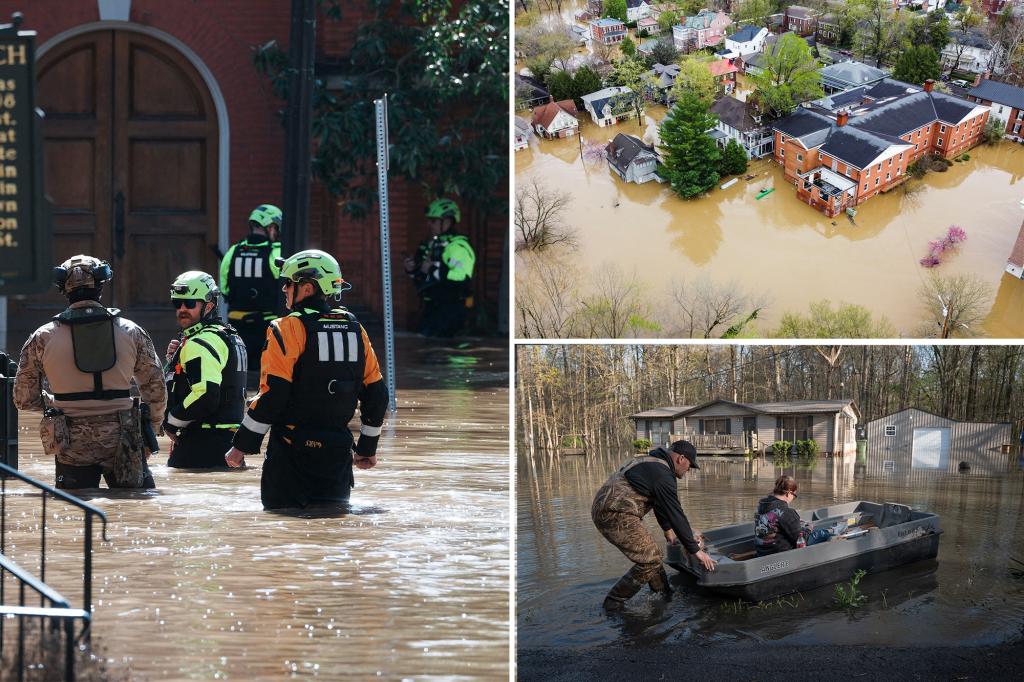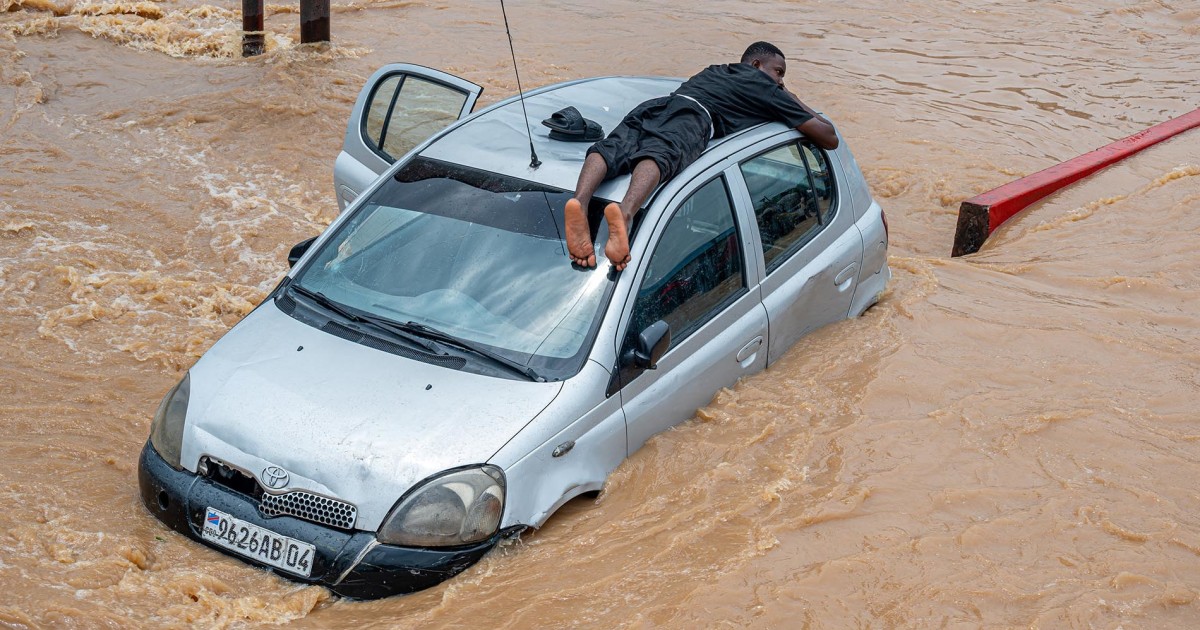The wind, though invisible, is one of the most powerful forces in nature. It silently shapes the landscapes, dictates weather patterns, and impacts countless facets of human life. From the gentle breeze that cools us on a hot day to the fierce gusts that fuel storms, the wind is a constant, yet often overlooked, presence in our daily lives. In this article, we explore the profound impact of wind on the environment and human society, revealing its crucial role in shaping ecosystems, influencing global weather systems, and driving human innovation.
Understanding the Role of Wind in Ecosystems
Wind is a fundamental force in nature, affecting not only the weather but also the delicate balance of ecosystems around the world. It plays a crucial role in seed dispersal, plant growth, and even the migration of species. By carrying pollen and seeds over long distances, wind helps plants colonize new areas, facilitating biodiversity. In some regions, such as deserts, wind-driven sand movement creates unique landforms and habitats, while in coastal areas, it helps shape the coastline through erosion and deposition.
Seed Dispersal and Pollination
Many plant species depend on the wind to carry their seeds over vast distances, ensuring genetic diversity and the spread of species. This process, known as anemochory, is vital for plants in environments where animal pollinators are scarce. Grasses, for example, release their pollen into the air, which is carried by wind currents to other plants, facilitating pollination and the continuation of plant life.
Wind’s Impact on Climate and Weather Patterns
Wind is a critical component of Earth’s climate system. It redistributes heat, moisture, and energy around the planet, influencing weather patterns and the distribution of precipitation. Winds drive ocean currents, which in turn regulate temperatures across continents. These currents help determine the climate of different regions, from the cold winds of the polar vortex to the warm trade winds that contribute to tropical climates.
- Trade Winds: These persistent winds blow from east to west in the tropics and have a significant impact on the climate of regions like the Caribbean and Pacific Islands.
- Jet Streams: These high-altitude, fast-moving winds can dramatically affect weather patterns, steering storms and influencing the severity of weather events.
- Monsoons: Seasonal winds in regions like South Asia bring vital rainfall, supporting agriculture and ecosystems, but also causing floods when they are too intense.
Wind as a Driver of Renewable Energy Innovation
One of the most exciting applications of wind is in renewable energy production. Wind power has grown into a major player in the global energy market, providing a clean and sustainable source of electricity. Wind turbines, which harness the kinetic energy of moving air, are now a common sight in rural landscapes and offshore installations.
The Growth of Wind Energy
Over the last few decades, advancements in wind turbine technology have made wind energy more efficient and cost-effective. Modern turbines are capable of generating vast amounts of electricity, even in areas with relatively low wind speeds. As of 2023, wind power accounts for around 10% of global electricity generation, and the trend is expected to increase significantly in the coming years. Countries like Denmark and Spain have led the charge, with wind providing a substantial portion of their national energy needs. In the U.S., wind energy is the second-largest source of renewable power after hydroelectricity.
The integration of offshore wind farms, located in shallow waters along coastlines, has opened new frontiers for energy production. These facilities are capable of harnessing stronger, more consistent winds far from land, making them a vital component of future energy grids.
Environmental Benefits of Wind Energy
- Reduced Carbon Footprint: Wind energy is a zero-emissions source of power, helping to combat climate change by reducing dependence on fossil fuels.
- Sustainable and Renewable: Wind is inexhaustible, and unlike fossil fuels, it does not contribute to air pollution or environmental degradation.
- Energy Security: By investing in local wind resources, nations can reduce their reliance on imported fuels, enhancing energy independence.
However, the widespread deployment of wind turbines has not been without controversy. Some critics point to the aesthetic impact of large wind farms on the landscape, while others raise concerns about the impact of turbines on wildlife, particularly bird and bat populations. Balancing these concerns with the benefits of wind energy remains an ongoing challenge.
The Global Impact of Wind on Human Life
The effects of wind extend far beyond the natural world. Throughout history, wind has played an integral role in shaping human societies. From facilitating trade and exploration to influencing the development of infrastructure and urban planning, wind has always been a key factor in human progress.
Wind and Transportation
In ancient times, wind was the primary means of propulsion for ships, enabling trade, exploration, and the exchange of cultures. The use of wind-powered sailing vessels revolutionized maritime transportation, leading to the establishment of vast trade routes and the spread of civilizations. Today, while modern ships rely on engines, wind is still an important factor in maritime navigation, with the development of hybrid wind-sail ships offering a glimpse of a greener future for international shipping.
Wind in Modern Urban Design
As cities grow larger and more densely populated, the role of wind in urban planning has become increasingly important. Urban heat islands, which are created when large cities absorb and retain heat due to buildings and infrastructure, are often mitigated by strategic wind corridors. By considering wind patterns in the design of cities, planners can create more comfortable and sustainable environments for residents, while also reducing the need for artificial cooling in buildings.
The Future of Wind and Its Potential
The future of wind, both as a natural force and as a tool for innovation, is promising. As the world faces increasing pressure to reduce carbon emissions and transition to renewable energy sources, wind is poised to play a central role in global efforts to combat climate change. In addition to wind energy, emerging technologies such as airborne wind turbines and wind energy storage systems are being developed to unlock even more potential from this renewable resource.
Airborne Wind Energy Systems
Airborne wind energy systems (AWES) are a novel and rapidly developing technology that involves harnessing wind at higher altitudes, where winds are often stronger and more consistent. These systems typically involve kites, drones, or tethered balloons that can capture energy and transmit it back to the ground. Early-stage prototypes have shown great promise, and in the coming years, AWES could revolutionize the way we generate and store wind energy.
Wind and Climate Adaptation
As climate change accelerates, understanding and adapting to wind patterns will become increasingly important. More frequent and intense storms, such as hurricanes and cyclones, are already a reality in many parts of the world. By studying the ways in which wind influences these events, meteorologists and climate scientists can better predict and mitigate their impacts, saving lives and reducing property damage.
Conclusion: Embracing the Whisper of the Winds
The wind, though invisible to the naked eye, has an undeniable presence that shapes every aspect of life on Earth. From the ecosystems that rely on it for pollination and seed dispersal to the wind turbines that help power our homes, this natural force is integral to both the environment and human progress. As technology advances and our understanding of wind grows deeper, we can look forward to even greater innovations in renewable energy and climate adaptation.
By continuing to harness the power of wind, both in the natural world and as a renewable resource, we move closer to a sustainable future where the whispering winds are not just a force of nature, but a key partner in our efforts to preserve the planet for future generations.
For more information on wind energy developments, visit the Department of Energy’s wind energy page. To explore the latest research in airborne wind energy, check out this detailed overview of airborne wind energy technologies.
See more Your Daily Weather



